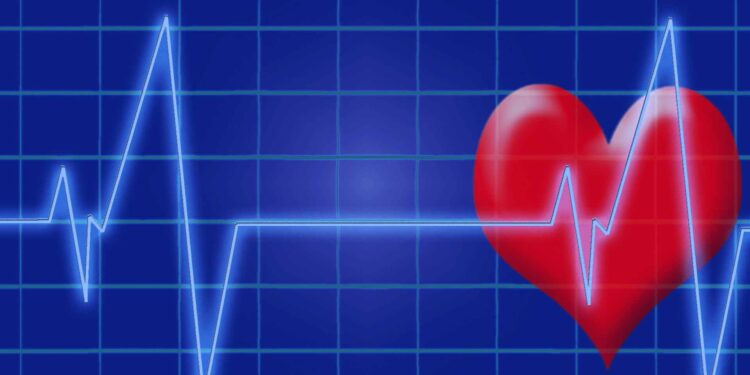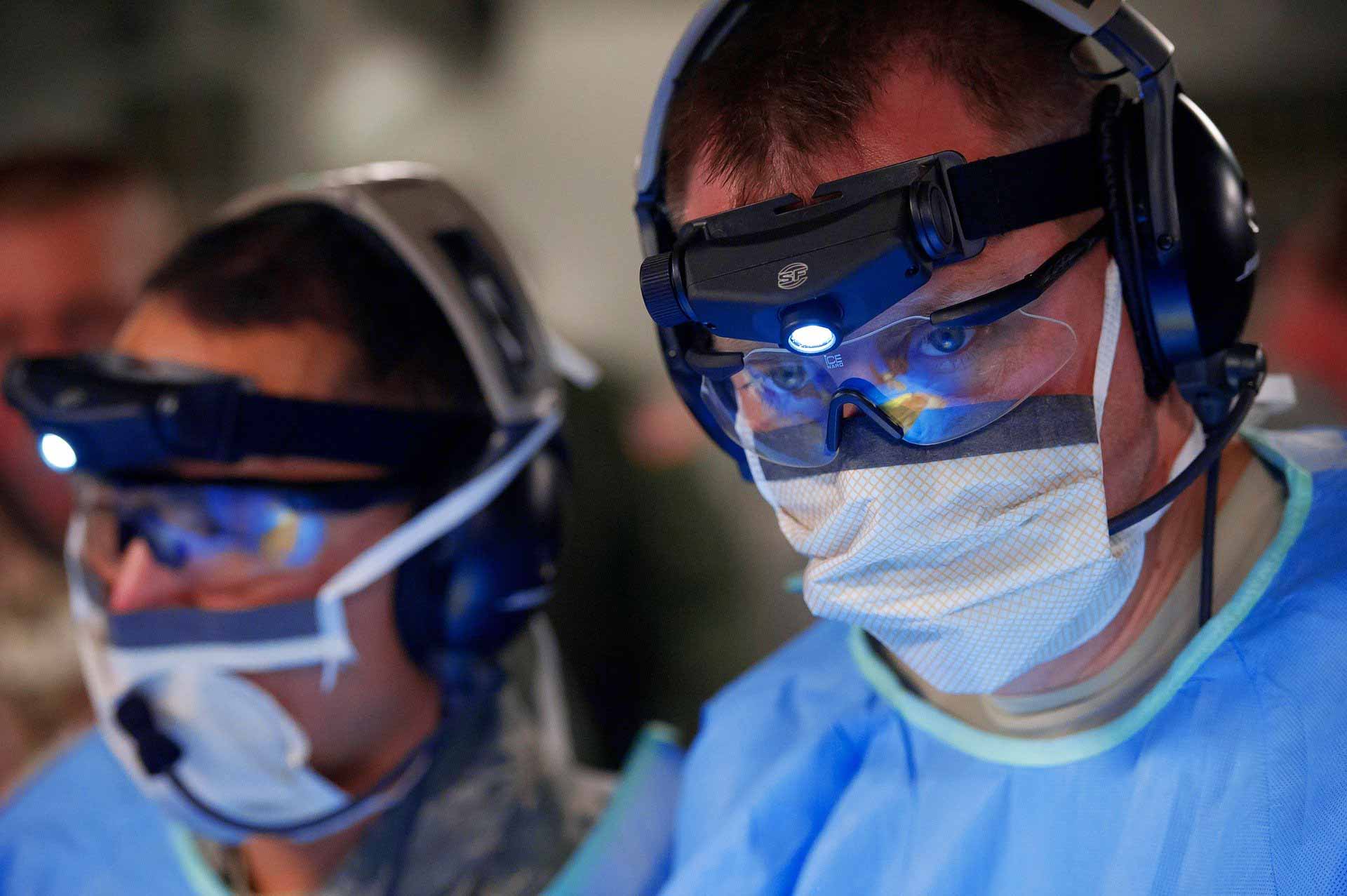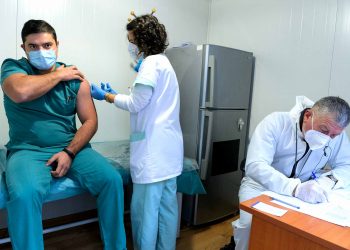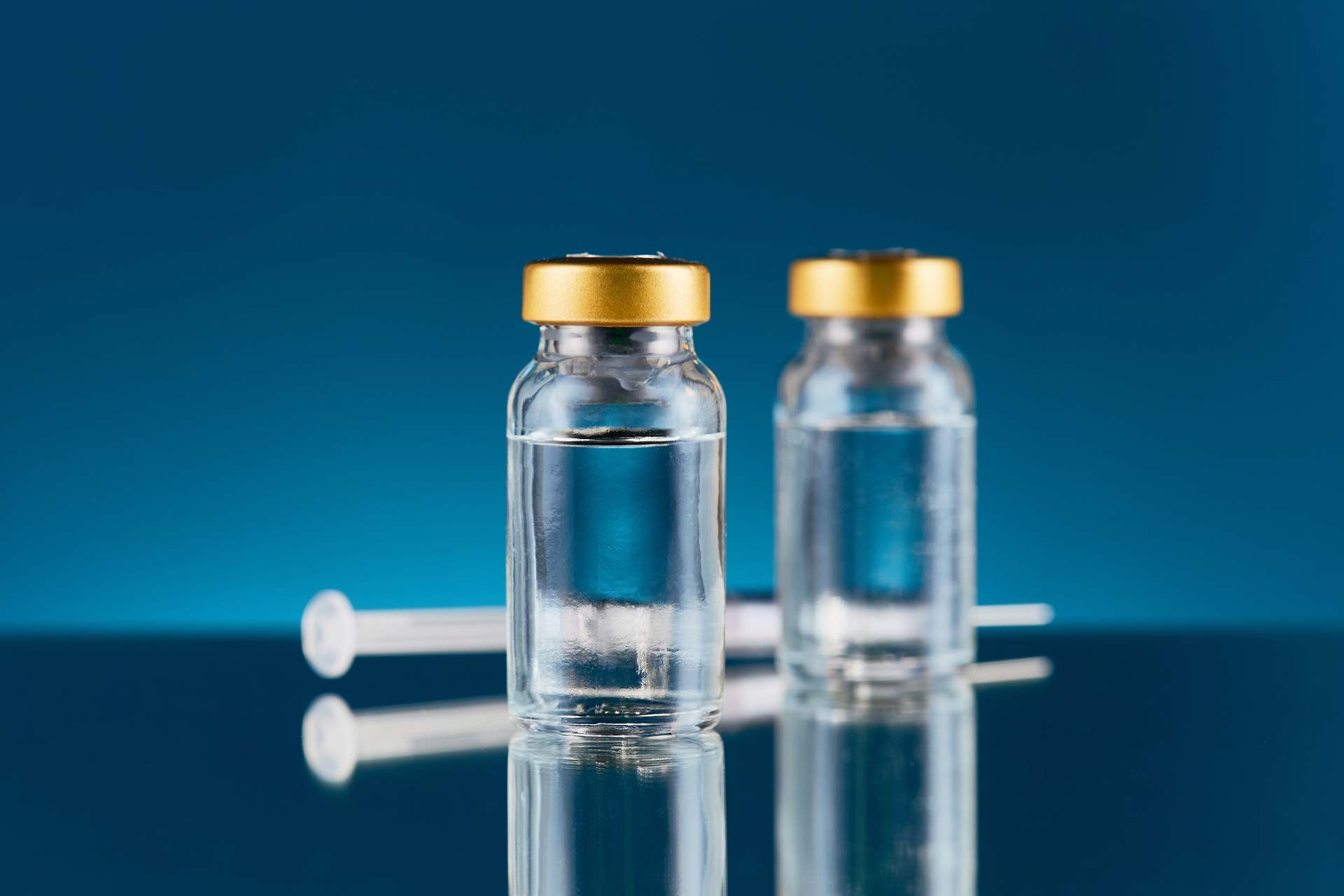The European Commission has selected 24 projects that will build new programmes, or expand existing ones, for the collection of plasma from donors recovered from COVID-19. The plasma donations will be used for the treatment of patients with the disease. These grants are the outcome of an invitation sent last July to all public and non-profit blood services around the EU, and in the UK, to apply for funding for the purchase of equipment for plasma collection. This action is financed through the Emergency Support Instrument, for a total of €36 million. The projects, which will take place in 14 Member States* and the UK, are national or regional and will, in most cases, involve distribution of funds down to large numbers of local blood or plasma collection centres (over 150 in total).
Therapeutics for COVID-19
Stella Kyriakides, Commissioner for Health and Food Safety, said: “When it comes to research on therapeutics for COVID-19, all options have to be explored to make sure that safe and effective treatments can be made available as quickly as possible. Thanks to the many applicants who have replied to the Commission’s call, plasma collection can now be increased through the selected projects, which will help in the use of convalescent plasma as a possible promising treatment. We are doing everything possible to provide citizens with safe and effective therapeutics against COVID-19.”
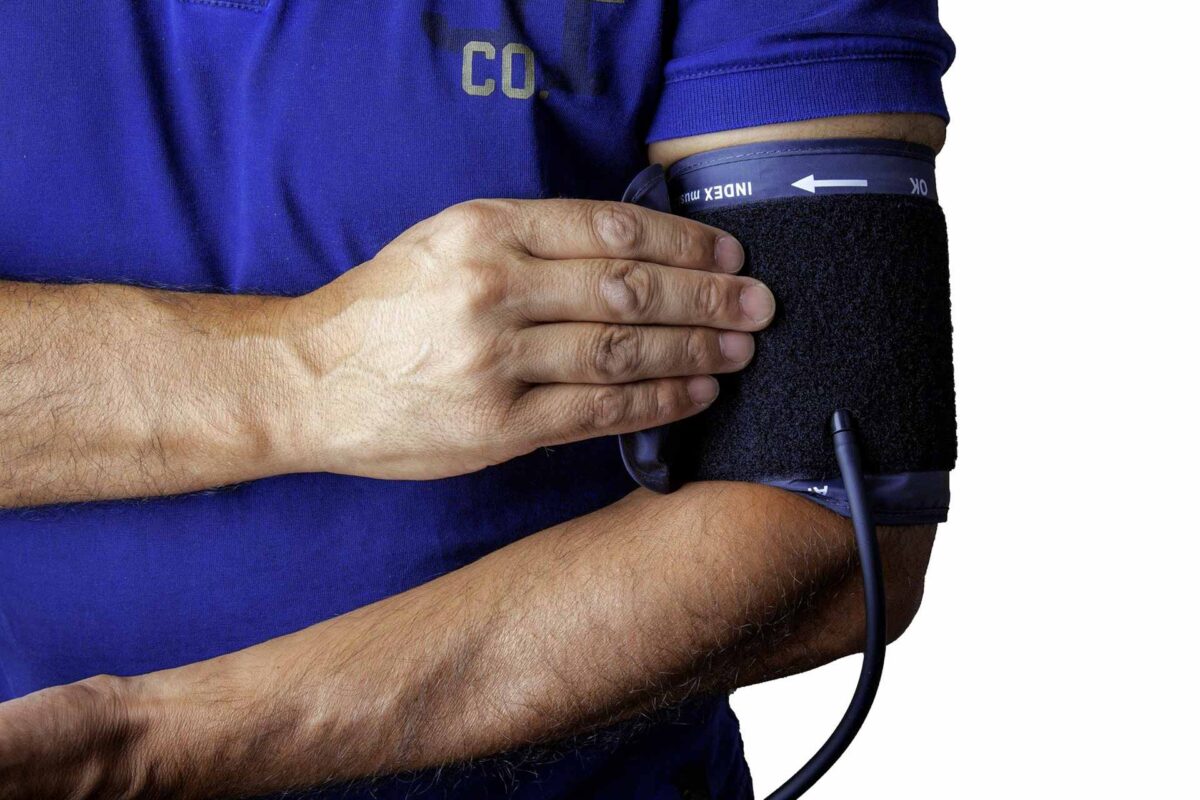
Plasmapheresis machines and associated equipment
The grants will support the purchase of a number of plasmapheresis machines and associated equipment, including collection kits, storage equipment, laboratory testing and characterisation of plasma and organisational changes within blood centres. Applications were received from 14 Member States, and the UK, and projects have been accepted for funding in all of those countries.
The treatment involves convalescent plasma being transfused to sick patients to boost their immunity and ability to fight the virus. It can also be provided to industry for the purification of antibodies to make a COVID-19 medicinal product (immunoglobin).
The efficacy of both of these approaches is being investigated worldwide, including in EU research projects funded by Horizon 2020. Both potential treatments rely on the collection of large quantities of convalescent plasma donated by recovered patients.
Clinical trials with plasma collection
Preliminary results are promising, with evidence of a very low incidence of adverse reactions and signals of efficacy. Further results from full clinical trials are upcoming. Results to date suggest that early transfusion of donations with high concentrations of antibodies is most effective in reducing patient mortality. This implies that the highest possible number of donations should be collected to ensure that those rich in antibodies can be provided for patients. Donations not suitable for transfusion as convalescent plasma can be used for other transfusion indications and for the manufacture of other essential medicinal products.
Currently, public blood services and the Red Cross mostly collect whole blood donations from which the plasma is then separated. This is a much less efficient method of collection compared with plasmapheresis – a process whereby plasma is taken from the donor and the other blood components are returned to the donor. Plasmapheresis donors can donate higher volumes of plasma at one time and can donate once every 2 weeks compared with once every 3-4 months for whole blood donors.
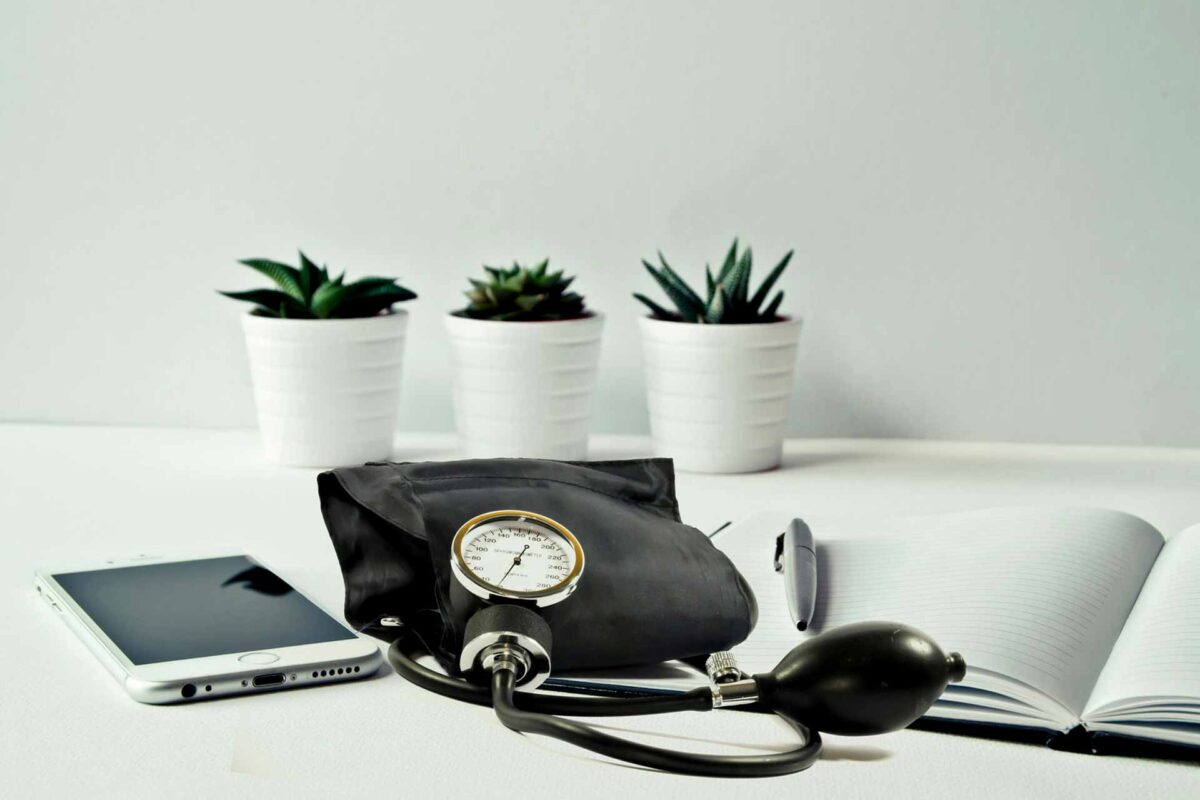
Emergency Support Instrument (ESI)
Adopted by the Council in April 2020, the Emergency Support Instrument (ESI) allows the EU budget to step in to provide emergency support to allow the Union as a whole to address the human and economic consequences of a crisis such as the ongoing pandemic.
The ESI equips the EU with a broad toolbox to support Member States in their efforts to address the COVID-19 pandemic by responding to needs which can be best addressed in a strategic, coordinated manner at European level.

